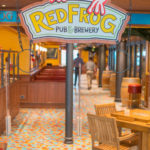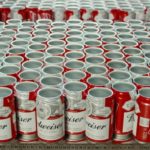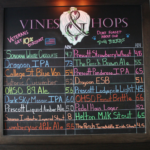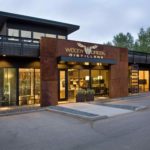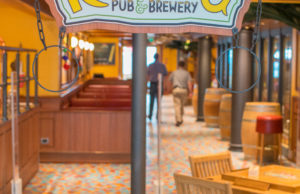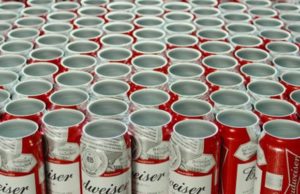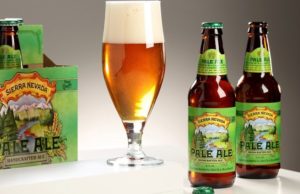Los Angeles’ Oldest – and Only – Winery, San Antonio Winery
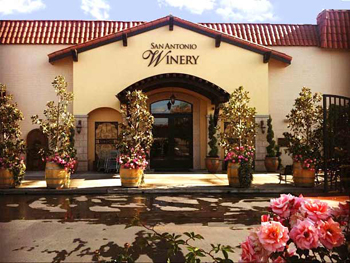
Downtown Los Angeles is hardly Napa. And yet one of the most interesting and historic wineries in the state is located on the eastern edge of downtown, a designated city landmark in a neighborhood better known for warehouses than wine tastings.
The San Antonio Winery is a piece of working history, located in the very same spot it was founded 97 years ago. The attractive, red-tile-roofed building houses the winery’s Maddalena Restaurant, a casual Italian trattoria; a wine tasting room and gift shop; and the winery itself – wine barrels, bottling plant, and all. Nearly 200,000 visitors take a tour and a taste every year.
The winery is the last of what was once a thriving wine region in LA, where vineyards actually bordered the LA River. It’s a family owned and operated business that survived Prohibition and customer-inhibitions about visiting a winery in downtown LA.
Founder Santo Cambianica immigrated from Northern Italy and dedicated his American dream of a winery to Saint Anthony, his patron saint. Joined by nephew Stefano Riboli, the enterprise grew to include the whole Riboli family. But how did the family survive Prohibition? With a little help from the Catholic Church, creating sacramental wines. Perhaps it was the intercession of Cambianica’s patron saint, or pure luck, but unlike the others located in the city of angels, the winery survived the era. And, when Prohibition was at last repealed, the winery began to expand from the altar wine it still produces to award winning wines utilizing grapes from the family’s 500 plus acres of Napa and Paso Robles vineyards.
The San Antonio Winery’s state-of-the-art wine making facility currently produces around four million bottles of wine annually – varietal, dessert and table wines. Unique wines such as Stella Rosa Red or Stella Rosa Black, both with a lower-than-usual alcohol content, or the winery’s lush Chocolate Bar Chocolate Port, redolent with a rich cocoa edge, would make this winery a standout even if it wasn’t the only winery standing in downtown Los Angeles. Stella Rosa Black combines grapes with natural blackberry, blueberry, and raspberry flavors, cold pressed. Featuring natural acidity, low ph, and natural carbonation and fermented in charmat-style, pressurized tanks, the alcohol level remains at around 5.5%
The winery’s San Simeon label includes an oaky Chardonnay with rich pear and citrus flavor and a heady ABV of 14.5% ; a Pinot Noir with hints of black cherry and raspberry, and a Viognier with peach and floral notes. Or try a selection from the Maddalena label, which includes a Sauvignon Blanc crisp with green apple and melon, or a Cabernet with hints of caramel and plum. Other brands include the Ribboli Family Estates label, Opaque, and the San Antonio Artisan series with its three aromatic blends. A free tasting provides a choice of three different wines, and the tastings are generously presented. A more inclusive tasting is available for a fee.
But before tasting, the free tours of the winery – Los Angeles Historical-Cultural Monument #42 – are a must. Large rooms hold fermenting tanks containing up to 12,000 gallons of wine in the making. Racks and racks of oak barrels contain aging wine. Conveyors move bottles through a compact bottling plant that handles a variety of labels for distribution. Historic redwood tanks form a wall of the restaurant, and panel a banquet room, making a cozy atmosphere for an after tour meal of Italian classics.
The novelty of a winery in the middle of a major urban enclave may draw visitors, but it’s the variety of varietals both red and white, the family’s commitment to quality and flavor, and the friendly warmth of the tasting room that keep oenophiles’ coming back for more. Many patrons covet a spot at the annual Riboli Family Winemaker’s Dinner, where a six course Italian meal is prepared by a guest chef, paired with wines, and hosted by San Antonio winemakers.
However one chooses to hoist a glass, a toast should be made to the little winery that could – and still can – keep on producing delightful wines in the shadow of Los Angeles skyscrapers.


